Some more thoughts on the Suburban Rail Loop — which in this post, I am going to cheekily call Metro 3 for short, since it’s been proposed after Metro 1 (currently under construction) and Metro 2.
A week and a half on, many questions remain, but the idea still looks like an incredibly forward-thinking, positive concept, built on a vision of providing more people getting around an ever-busier city with viable public transport options.
And the community seems to agree. There’s been broad public support for the project.
Time and time again, it’s been shown that most people want public transport prioritised over roads, and I suspect most people are pleased to see such a forward-looking, big-thinking idea floated.
I had an impromptu chat with a senior elected figure who actually uttered the sentence many of us have been repeating for some time now: that in a big city like ours, “you can’t just keep building roads.”
Maybe, despite the current plans for two massive tollways (WestGate Tunnel and North East Link), there is finally recognition that our mass transit system is way behind where it needs to be for a city of this size.
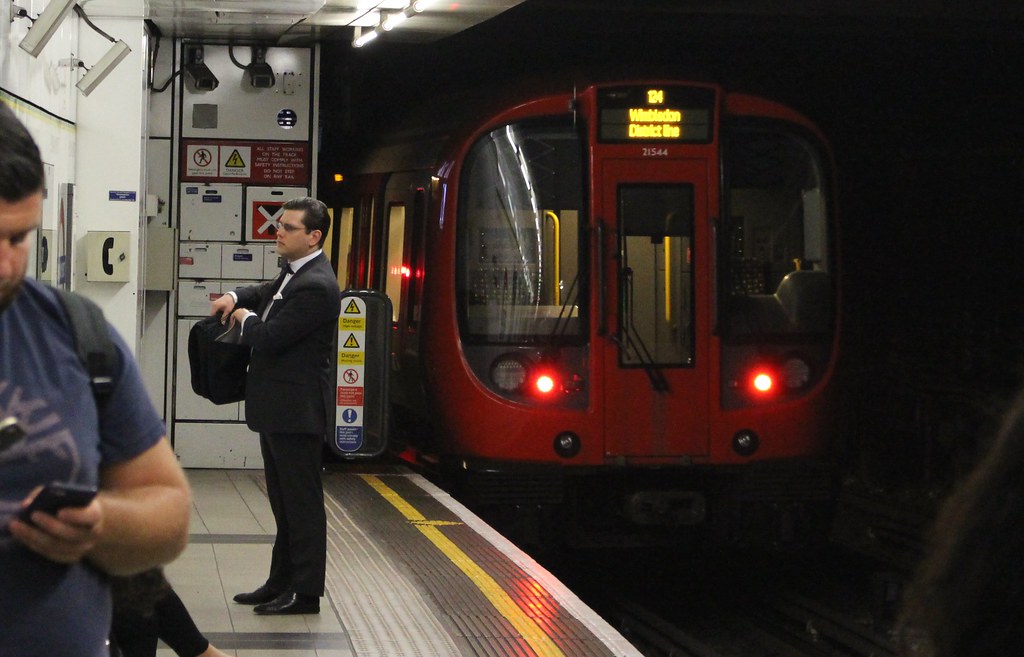
The initial announcement was on Facebook, and reaction has been largely positive. As I see it, this is arguably the biggest city-shaping infrastructure initiative in decades. Making public transport competitive for so many more suburban trips will get more people out of cars like few other projects could.
Even the State Opposition isn’t attacking the idea, but rather questioning the ability of the government to deliver it.
There is some dissent from those who think trams or buses should be boosted instead. I’ll talk about that below.
Whether for or against, I don’t remember the Vicroads plan for a 100km long orbital outer ring road attracting this much attention.
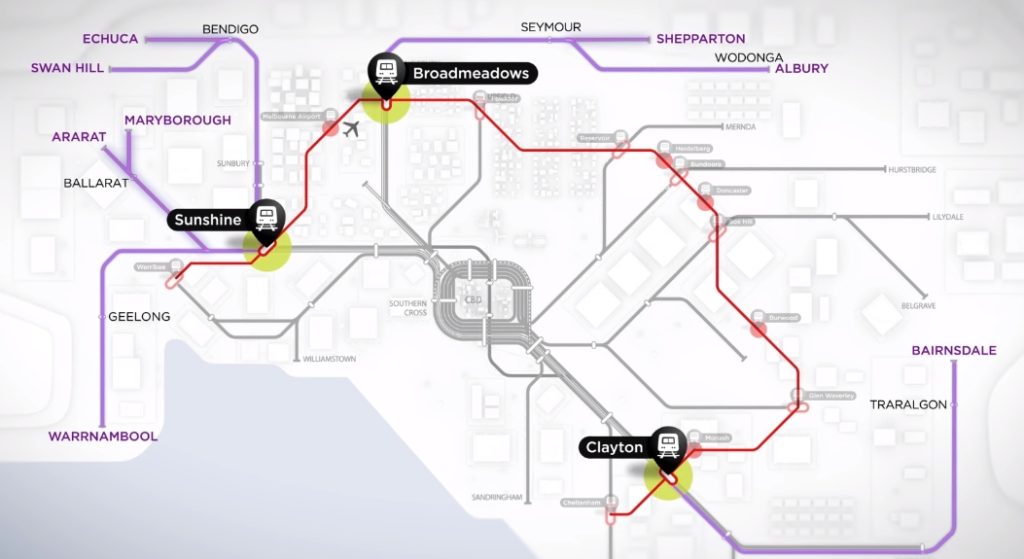
Cost
The Suburban Rail Loop is undoubtedly a hugely expensive project.
It’s also the type of project that probably wasn’t feasible when Melbourne had just 3 million people, but has become more viable (and arguably essential) now we’ve tipped over 5 million and we’re still growing.
Cost estimates have varied wildly. Most seem to be quoting in the region of $50 billion, but the new Federal Minister for Cities Alan Tudge claimed it could be $100-150 billion — on what basis? Not sure.
Here’s a back of the envelope costing: The Metro 1 tunnel now under construction is 9 kilometres of twin tunnels and 5 stations, costing about $10 billion. Let’s assume for a moment that each station costs $1 billion, and tunnels cost $0.5 billion per kilometre.
SRL/Metro 3 as initially envisaged is 90 kilometres and 12 stations (though I would strongly argue for at least a handful more stations). Based on that rule of thumb, we’d be looking at $45 + $12 = $57b. So about $50b or less might be close to the mark, assuming some economies of scale from the bigger project, and remember that some of the route won’t be underground.
Certainly land acquisition and perhaps other costs should be cheaper than in the middle of the CBD, and the Metro 1 tunnel will incur costs when train passengers are diverted around works near the tunnel portals; SRL won’t have these.
There’s also talk of re-using some of the construction equipment from Metro 1 on this project.
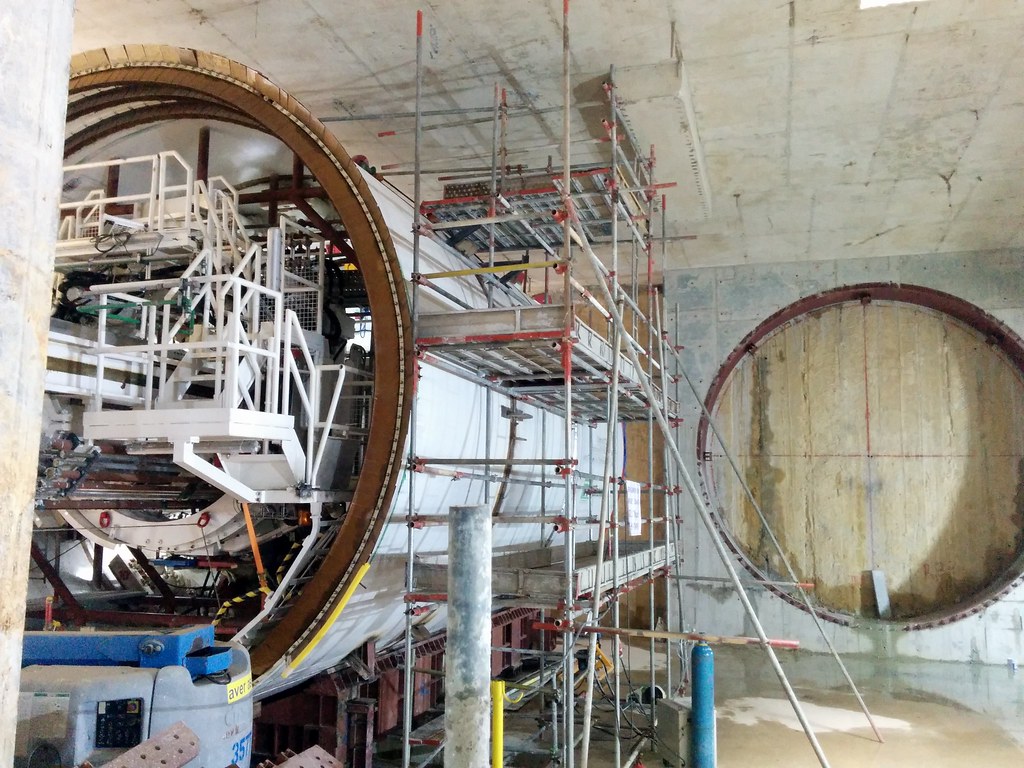
It didn’t go through Infrastructure Victoria
Many have pointed out that the project hasn’t yet been evaluated by IV. Nor is it part of a transport plan, as required under the Transport Integration Act — at least not one that’s been published.
There has been a fair bit of planning work done on it despite this — evidently for about a year.
Technology
They haven’t really talked about the technology that could be used. If it’s a new standalone line (assuming it shares some of the alignment with airport rail, but not the tracks), there’s arguably no real reason to use the existing trains or technology.
You could do standard gauge instead of broad. You could do modern 25 Kv AC power instead of the old standard 1.5 Kv DC, which has benefits such as the number of substations required.
You could even do… driverless trains. The technology is mature, used in many cities (Singapore is shown below), and the line will be completely segregated from road traffic and — presumably — other rail traffic.

It needs a few more stations
The western section of SRL needs some detail fleshed out. At present there’s Melbourne Airport, Sunshine, and Werribee, and nothing else in between. The government’s view is that scoping out additional stations may take a little time, as that whole area is developing.
This calls for integrated transport and land use planning. In the east, the activity centres being targeted for stations are very well established. Not so in the west.
The government should be taking the lead here and mapping out where the western suburbs’ next big education campuses and shopping centres should go. Werribee East is one – where will the others be in coming decades? They should either be near existing railway stations, or planned stations on the new line.
Even in the eastern suburbs, there are some very big gaps, which means there’s potential to provide more stations. Cheltenham to Clayton, for instance, is about 7 kilometres.
Where the gaps are larger than about 4 km, it would be something of a waste not to look potential additional station sites – the retail/industrial area of Moorabbin East/Heatherton at Warrigal Road would be a candidate for a station and subsequent dense development. There are similar opportunities along most of the route.
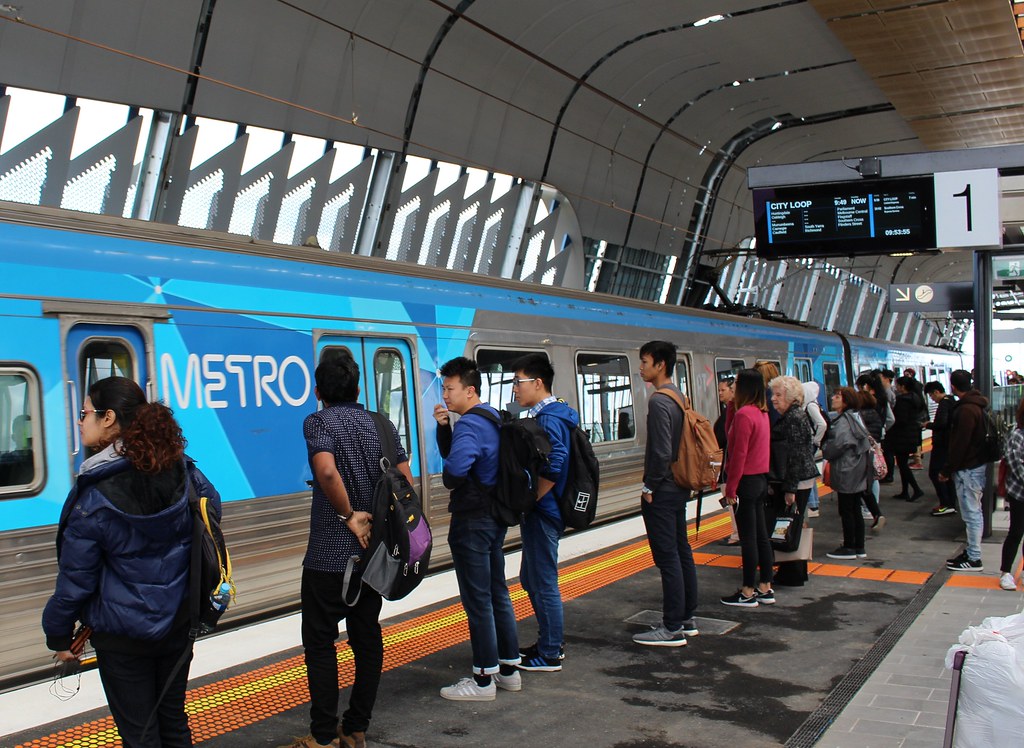
Glen Waverley too far out of the way?
I wonder if Glen Waverley is too much of a diversion, given it already has a station, and the centre there isn’t as large as some (though it has potential to grow). Is there a more direct spot on that line it could intersect?
You can’t hit all of the major centres out that way of course. Deakin Burwood, or Knox City? The plan is for Deakin. But this raises another topic.
One ring to rule them all?
One new ring metro line won’t solve all of Melbourne’s problems. Good connections to nearby locations are vital.
Knox City is a good example. It’ll miss out because it’s too far off-course. Extending tram 75 to the centre, and upgrading the Burwood Highway section to proper light rail with Gold Coast-style traffic light priority would help a lot.
Like wise, the rail line will miss Chadstone, which is in dire need of better public transport. The government’s Chadstone-Monash light rail idea could work, again, if it’s designed for speed, frequency and capacity, with good rail connections.
But certainly the new orbital line will make cross-suburban trips more viable, in a way that the Smartbus routes haven’t been able to do — and probably can’t do without dedicated lanes all the way. Upgrading the buses would be cheaper, but the politics are really difficult. The government is actually removing bus lanes along route 903 in Fitzsimons Lane.
Yes, it seems that perhaps finding billions for rail tunnels is easier than navigating the politics of bus lanes.
The importance of connections
Right along the route, good connecting services will be needed to help people access the stations. This goes not just for the existing rail lines it will connect to, but also connecting bus and tram services.
Trains along an orbital route bring huge time advantages, but only if end-to-end travel time is competitive.
So frequency needs to be good, and the physical connections also need to be well designed.
If traffic lights worked like public transport timetables…
Would you expect anybody to use this road? pic.twitter.com/octXTqQwd2— Daniel Bowen (@danielbowen) July 1, 2018
Station exits
It’s obviously early days, but you can already see that they’ll need to be clever with how they design the stations and their exits.
At Monash University for instance, it would make sense to try and design it for an exit into the main part of campus, near the bus loop (hello intermodal interchange!) as well as an exit near Blackburn Road for the employment centre.
Likewise at Clayton. One exit for the station and shopping centre, another for the medical centre.
At the Airport, it’ll be important to have good connections to the Airport-City line and connecting bus and coach services, as well as exits well-placed for the terminals.
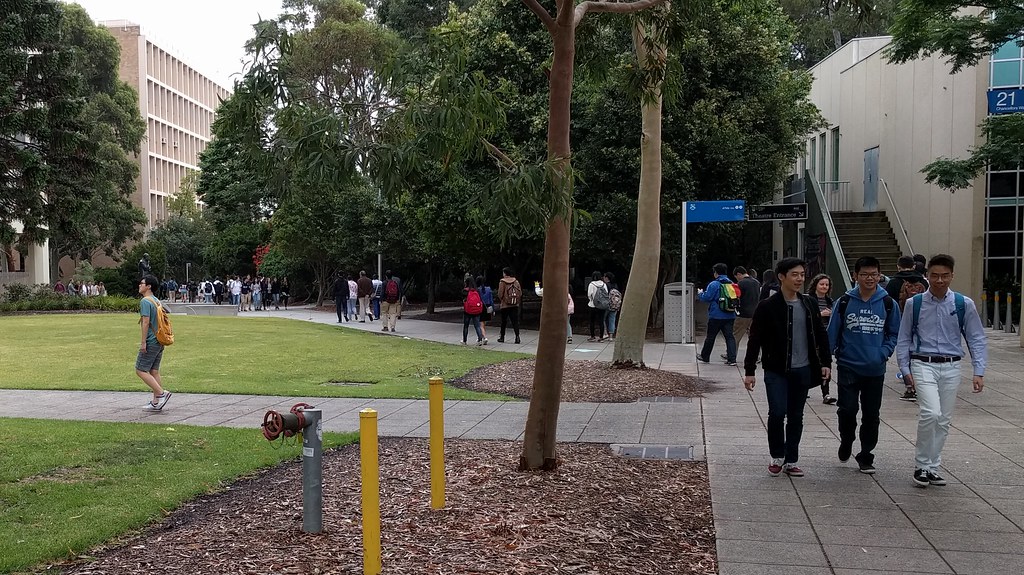
Why not buses/trams/monorails?
There are three key things a strong orbital route needs: good travel time (speed and frequency) and capacity.
Frequency is a must. If running frequently, buses and trams might meet the capacity requirements right now, but would probably be lacking in the future. You can do intensive high frequency operation with articulated buses and trams, but it becomes very expensive in terms of drivers.
Speed: A Brisbane-style busway or light rail on a dedicated route might be able to get to 100 km/h, but not the top speed of 130 that’s being talked about. How much that matters depends on the route and the number of stations. But busways often aren’t that much cheaper than rail.
Monorails, assuming underground, wouldn’t save any money over heavy rail, and capacity wouldn’t be as good.
Remember, we’re talking about catering for demand in a city of 8 million or more people in decades to come.
Nobody ever seems to talk about ride quality, which comes into play at high speed, particularly for people travelling long distances. Well-constructed heavy rail trumps all other modes for this.
Possibly there’s an argument for a Brussels-style pre-metro line that is light rail built in heavy rail tunnels, pending a later upgrade, but it’s unclear how much money that would save.
It seems to me that only heavy rail is sufficiently future-proof for the capacity needed as the city gets more populous… you can build a rail line for long trains, but start with short ones running frequently, and build up train lengths over time.
And heavy rail is the only mode that really measures up against the main competition: motorways.
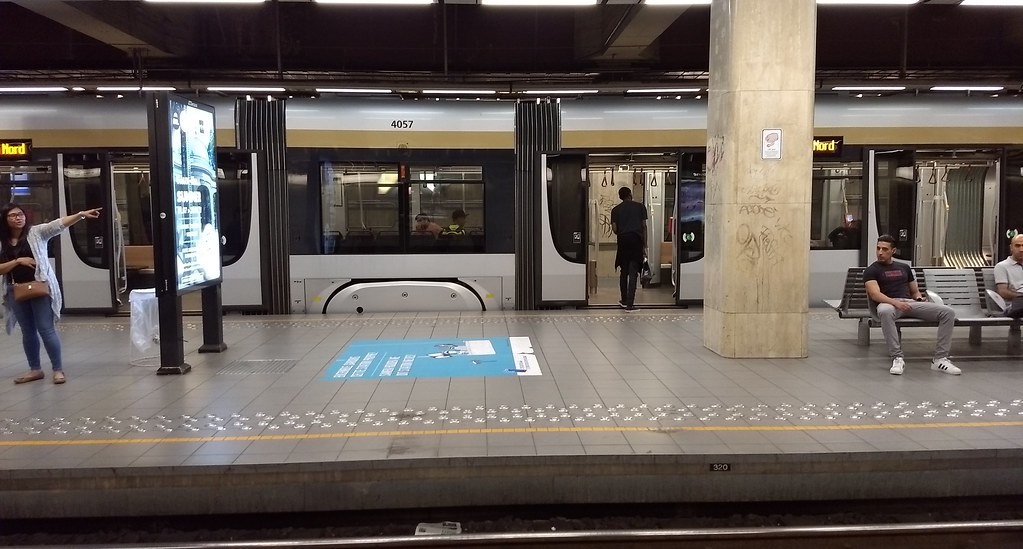
Does it all have to be underground?
It sounds like the Airport to Sunshine section would share the alignment (but perhaps/hopefully) not the tracks, so wouldn’t need to be underground.
Skyrail along arterial roads would also save some money compared to underground, but most of the planned route isn’t aligned to such roads.
Can it go a bit further?
SRL is promoted as connecting all major rail lines, but misses the Sandringham line. Should it also connect there? Arguably.
At the other end, if it serves the Werribee East precinct, there’s probably a case for it going a little further to connect Point Cook to the rail network.
Staging anticlockwise from east to west
Given the prime targets for stations have been identified in the east, but the west is still evolving, one can understand the prioritisation, though starting with Cheltenham to Box Hill seems to overlook that the strongest patronage is expected further north, between Clayton and Fawkner. This may be down to practicalities: Clayton may not be envisaged as ever being used as a termination point, so you wouldn’t want to build unnecessary infrastructure.
Then again, if including Sandringham, Clayton probably is a logical point for terminating trains during disruptions and works. (Hopefully there are a few such locations planned.)

Would it really take 30 years to build the whole thing? I suppose we’ll know more when detailed planning has been done. But comparisons to the 118km London Crossrail might not be fair – as much of that line is pre-existing railway.
Travel times
The government is spruiking the speed of the trains (130 kmh) and travel times, quoting:
- Cheltenham to Airport 45 minutes
- Box Hill to Airport 25 minutes
- Monash Uni to Latrobe 25 minutes
- Broadmeadows to Monash Uni 35 minutes
Even if times are slightly longer than claimed, something close to this opens up a myriad of opportunities. For example, when my sons were considering their university options, Latrobe and Deakin were ruled out as too hard to get to by public transport. A fast frequent orbital line with good connections to existing rail lines would make them manageable.
No doubt, this project is going to cost a fortune.
If it goes ahead, and they get it right, and it’s accompanied by lower-profile (but equally important) upgrades to existing services, this could revolutionise public transport, making it a better option for a lot more trips across Melbourne – and opening up more opportunities for education, recreation and employment – and that’s got to be a good thing.
Update: Removed most references to Metro 3. The term hasn’t caught on; it just made it more difficult to read.
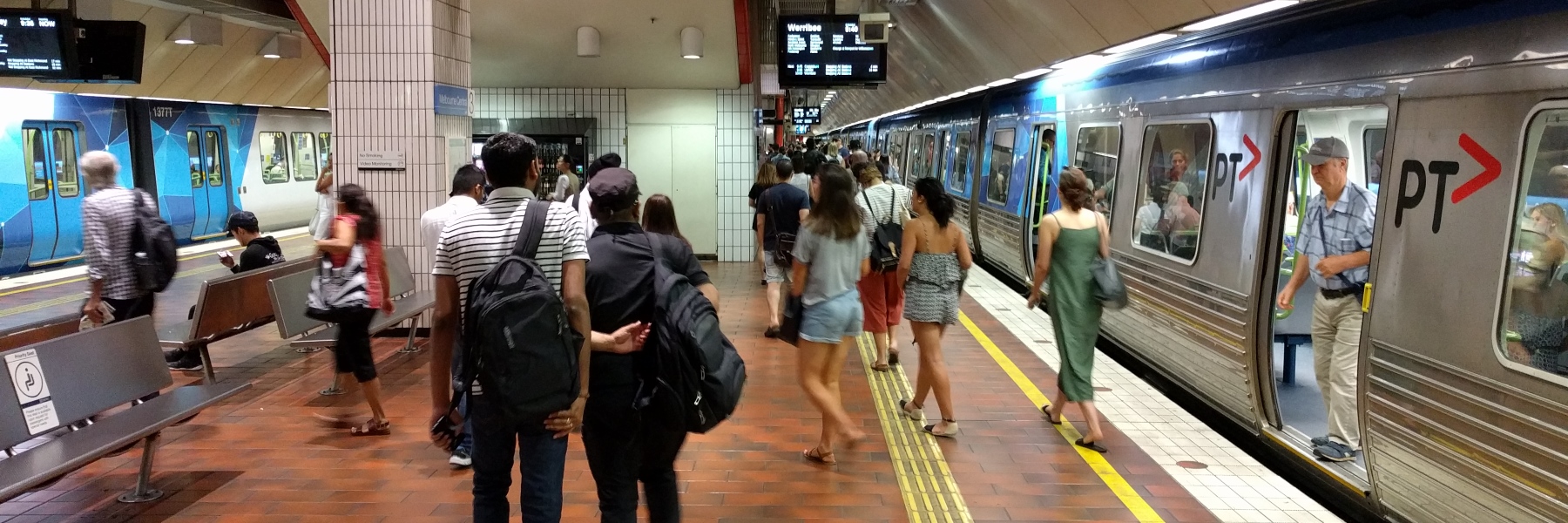
22 replies on “More thoughts on the suburban rail loop (Metro 3?)”
A timely follow up. I agree that public opinion is very supportive of the project.
I think the current state government have demonstrated they get things done so should be admired for forward thinking.
Currently, off peak travel from Cheltenham to the airport takes 45 minutes by car. In 25 years time it is likely to take a lot longer by car. So good PT will be essential for the ciry to function
Good post Daniel. There’s obviously plenty of detailed planning to do on this, but isn’t that what the first part of the funding is for? More than can be done in a week of social media, anyway!
The western side does need a lot more work. Sunshine will be the link point with the Sunbury line (maybe by then it might be the Gisborne line?), but how will it interact with the Wyndham Vale line – maybe the orbital won’t, and run direct from Sunshine to Werribee, maybe via Truganina and Werribee East to Point Cook? Or would Point Cook be served OK by a light rail connection to Werribee and Metro 2? What about the regional lines – surely at some stage we need to get the Bendigo and Seymour lines off the metropolitan tracks?
Interchange at Syndal, Mount Waverley or Jordanville would be more direct than Glen Waverley, but I wonder about the terrain. I think Mount Waverley is the most extreme difference between the surface level and how deep a tunnel would be to be below the nearby valleys/creeks, at least 40 metres so would be deeper than Parliament…
I wonder how many years it’ll take for the existing Burwood station (not located in Burwood for some time now) to be renamed.
Hi Daniel
A quick comment. A trap that people fall into when comparing Glen Waverley to say Doncaster. Westfield Doncaster has a lettable area of about 120,000 sq.mtrs. All under one roof, including the cinema and second food court/ dining areas etc. in 2008 it expanded from 200 shops to 400, and increased its parking to 5000 spaces . The Glen has 240 shops, 59000 sq.mtrs of lettable space, and 3100 parking spaces. But, in the immediate area there is also Century City Walk- with the Cinemas, hotel and multiple restaurants plus all the shops on Coleman, Kingsway etc, and a further 2400 car parks ( with 600 more being built). The immediate precinct is actually bigger and busier than Doncaster.
Greg
Would be great to include a connection from Sandringham to Cheltenham in the loop – the 4km section would be tough engineering but with the opportunity to include one intermediary station and some of the route through parkland could be a useful option if accompanied by review of housing density and local transport.
Two questions: Are conversions of existing infrastructure considered, such as the Alamein branch, or the freight trains between Newport, Sydenham, and I think Broadmeadows? Could they be converted to Metro 3 using existing rights-of-ways – with or without new tracks? Also, are there areas where compulsory acquisition could be done easily in reasonable areas for cut-and-cover or skyrail?
I am surprised that most people are in favour of it.
The forecast footfalls will not materialise. Instead of 400,000 passengers per day, it will be more like 200,000 passengers per day.
The existing trains are severely overcrowded – how about buying longer trains now? And why not build a cycleway from Jolimont Station to the stadiums (tennis, rugby, soccer) to Richmond Station now?
Then people will not have to go into the city and back out again to get from the Epping line to Richmond Station.
How about re-opening the existing railway from Upfield Station to Roxburgh Park Station? That would cost very little and help some people. How about re-opening the existing railway from Geelong to Ballarat?
Italy is getting a monorail. Dubai has one, along with Las Vegas. Should a Simpsons episode from 14 Jan 1993 really be regarded as the gospel truth on monorails?
We could immediately allow trams, buses, ambulances to control the traffic lights like pedestrians and trains do. Pedestrians press a button and the green-man-light comes on.
Springvale Rd is 6 lanes wide + a 2 lane service rd + another 2 lane service rd. Politicians should have the guts to convert just 2 of the lanes into a busway. Or build a monorail atop Springvale Rd. And ban bus drivers from forcing everyone in the bus from having to listen to a stupid FM radio station.
>And ban bus drivers from forcing everyone in the bus from having to listen to a stupid FM radio station.
Off topic, but I totally agree.
This is a lot more than a new train line to serve existing users. It is a city transforming project to develop dense new sub-centres with a high public transport modal share at locations such as Fawkner, Bundoora and Monash Clayton. I would hope that areas suitable for densification, such as the business park north of Monash Clayton, would also have new stations. These low rise business parks could be redeveloped as high-rise mixed use office/residential areas, and there are not locals who would fight against it trying to preserve neighbourhood character. So as these areas and the tertiary campuses are developed fruther, demand should be much more than at present.
One of the keys to its success will be reducing the cost of tunnelling. Melbourne Metro 1 is costing about $1billion per kilometer, whereas Perth is currently building an underground line to its airport for only $200m per kilometer, inclusive of 3 stations. Melbourne’s line is through a dense centre where stations are mined, need to be of high capacity and are built around a lot of existing infrastructure. Some of the budget is even required for archeologists because of the heritage value of areas being dug up for station entrances. By contrast Perth’s line is through outer suburbs with little existing infrastructure. It is bored through sand, and the 3 stations are cut-and-cover box structures. MM3 would be more similar to Perth’s new line, so it should have construction costs similar to that of Perth. We would also hope that as Melbourne develops an experienced tunnelling workforce with MM1, that tunnelling costs will come down through learning.
Surely keeping voltage and gauge consistent will be cheaper than changing it up for the sake of less substations. Allows for usage of new HCMT rolling stock, more consistent maintenance procedures.
“Yes, it seems that perhaps finding billions for rail tunnels is easier than navigating the politics of bus lanes.”
Great quote, and sadly so true, drivers are happy for PT to be a priority, as long as its not at the expense of their precious road lanes.
Why does that peak load diagram have such a thin line between Broadmeadows and the Airport? It’s thinner than the Williamstown line! Is it the case that airline passengers taking the train to the airport would travel before the morning peak period? Or, would they travel via the city and Sunshine (not even shown on the diagram), possibly dropping into their city offices on the way?
@Jacob (Sat 8 September 2018 at 5:02 pm), in peak periods, cyclists changing between Jolimont and Richmond would be just as inconvenient for themselves and other passengers as changing on a City Loop/CBD Station. The trains would still be just as crowded being only one stop out from the City Loop.
Beside, if Metro 2 is built, Jolimont would no longer be directly served by the Epping/Mernda line. A cyclist aiming for a Mernda train would find it better to ride out to Clifton Hill from Richmond, or vice versa.
Sydney had a monorail for 20 years, IIRC even Daniel rode on it. More “Authoritative” than the Simpsons.
As appealing as this project seems I just cant bring myself to justify the $50 billion price tag. Especially when the goal of this railway line is what the Smartbus system was meant to achieve. I think a more achievable, cheaper and quicker option would be to dramatically upgrade the Smartbus system by adding 24/7 bus lanes, traffic light priority, higher capacity buses and better amenities for passengers (etc, indoor waiting areas, real time PID’s). I think $50 billion would be much better spent upgrading the VLine rail network to the same standard as the TGV in France or the Shinkansen in Japan.
This loop will do the ring PT job much better than a Smartbus route covering the same corridor because it will be faster, smoother, more consistent, etc.
The V-Line network is more like the equivalent of the French TER regional networks than the national and international TGV network. A Melbourne-Shepparton-Albury-Wagga-Waga-Sydney (with Canberra branch) line is certainly a possibility but even a Melbourne-intermediate regional cities-Adelaide would be a stretch and would likely have to have large single line sections.
Its is also an excellent political strategy that shows big thinking on PT but not just for the city and inner-suburbs.
This project feels a little like Melbourne is attempting to sprint before it can even crawl.
Schemes with the highest patronage, greatest quality of life benefit for the most people, and best benefit-cost ratios will always be ones which get people from their homes to their work. Which means building / upgrading arterial routes into the city from the suburbs. Only after Melbourne has fast reliable turn-up-and-go rail / metro services from most suburbs 7 days a week, would a radial route make sense.
If you look at the world’s greatest rail country – Japan, you’ll find loop lines in only two cities – Osaka and Tokyo. These are mega-cities with mind-boggling population densities compared to Melbourne. Not only that, but their loop lines pass exclusively through areas that would have the characteristics of CBDs from Australian eyes. Neither cities have an outer loop through the suburbs, even though their suburbs have very high population densities. The demand to go from suburb to suburb just isn’t strong enough to warrant such a line.
Now, if we look to Melbourne which has very low density suburbs, meaning each station will have a pretty small catchment in terms of population, it just seems incomprehensible that this project is any more than fantasy thinking. The demand just wouldn’t be there to justify the investment, or to support a turn up and go frequency. Instead, building fast and frequent arterial routes would be much more productive, and would have the added benefit of making suburb to suburb journeys via the city much more efficient than is the case currently.
[…] The Suburban Rail Loop is the obvious one. It was prepared separately from the rest of this plan before being announced last month. It does have limited interaction with the main network, particularly in the east, though there’s talk of it sharing parts of the Airport and/or RRL alignments. […]
[…] of business cases and infrastructure, the Suburban Rail Loop doesn’t yet have a business case. If the project happens, it may be decades away. But it […]
I completely agree about connecting through Werribee East and Point Cook, great opportunity that should not be missed. But how about if they did connect through Sandrigham then continued onto Elwood, St Kilda, Port Melbourne, potentially two stops at Fisherman’s Bend, then underground to Docklands Victoria Harbour, Docklands New Quay, the new E-gate precinct linking or ending at North Melbourne Station (future West Melbourne) – could even end/begin further at Arden station (future North Melbourne Station). Highly ambitious I know but this could eliminate the need for metro 2 altogether.. What do people think? I agree with a light rail model, similar to what the new Sydney metro is delivering would probably bring cost down and not a huge difference is speed.
Sandringham should be part of the ring rail proposal.
Also a road and rail bridge should be built across the bay from South Road to Point Cook/Geelong Freeway.
With the Dingley By Pass to be connected to the Princes Hwy and the Mornington Freeway feeding in as well, South Road-Point Cook would provide a city by-pass for traffic and rail. Rail would connect with the Sandringham, Frankston lines and continue down South Rd to Dingley via Moorabbin Airport and onto Dandenong or Cranbourne, or even to the proposed International Airport near Clyde/Tooradin.
The bridge could be a reasonably low level structure (allowing for yachts and global warming), except over the main shipping channel. Wind turbines could be incorporated, adding to the power grid.
This would immediatly relieve congestion off the West Gate/City area, provide quicker access to the SE area for Western/Geelong residents and vise versa, complete the metro loop into a proper metro loop, add heaps of much needed renewal energy, a new port area could be built in the West providing jobs plus better access to Avalon Airport.
It would also provide a new focal entry point to Melbourne with spectacular city views especially at night.